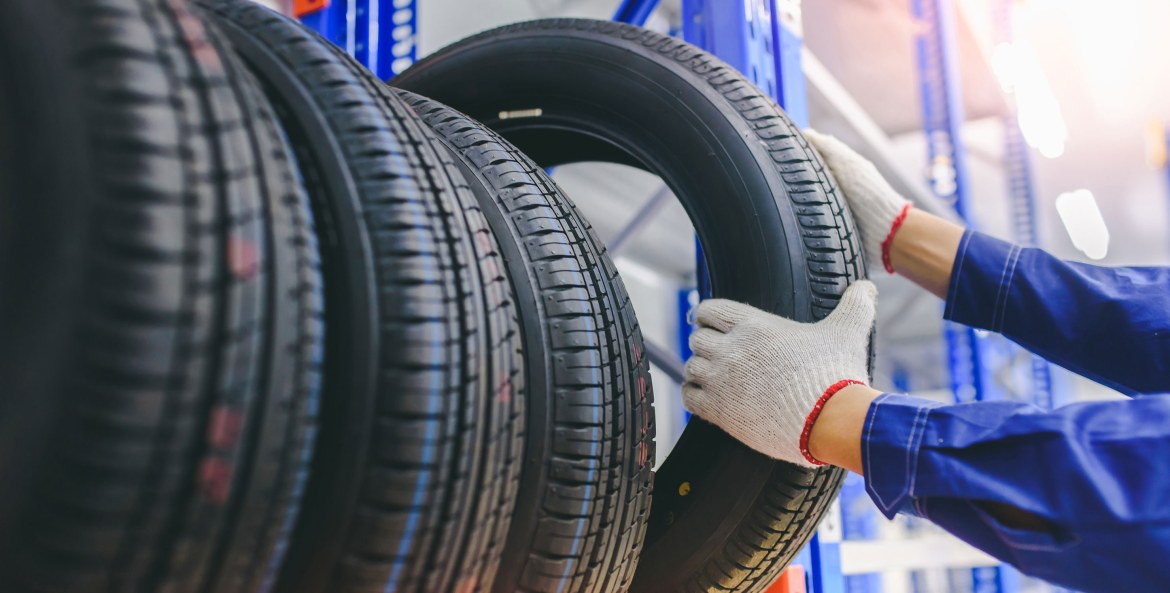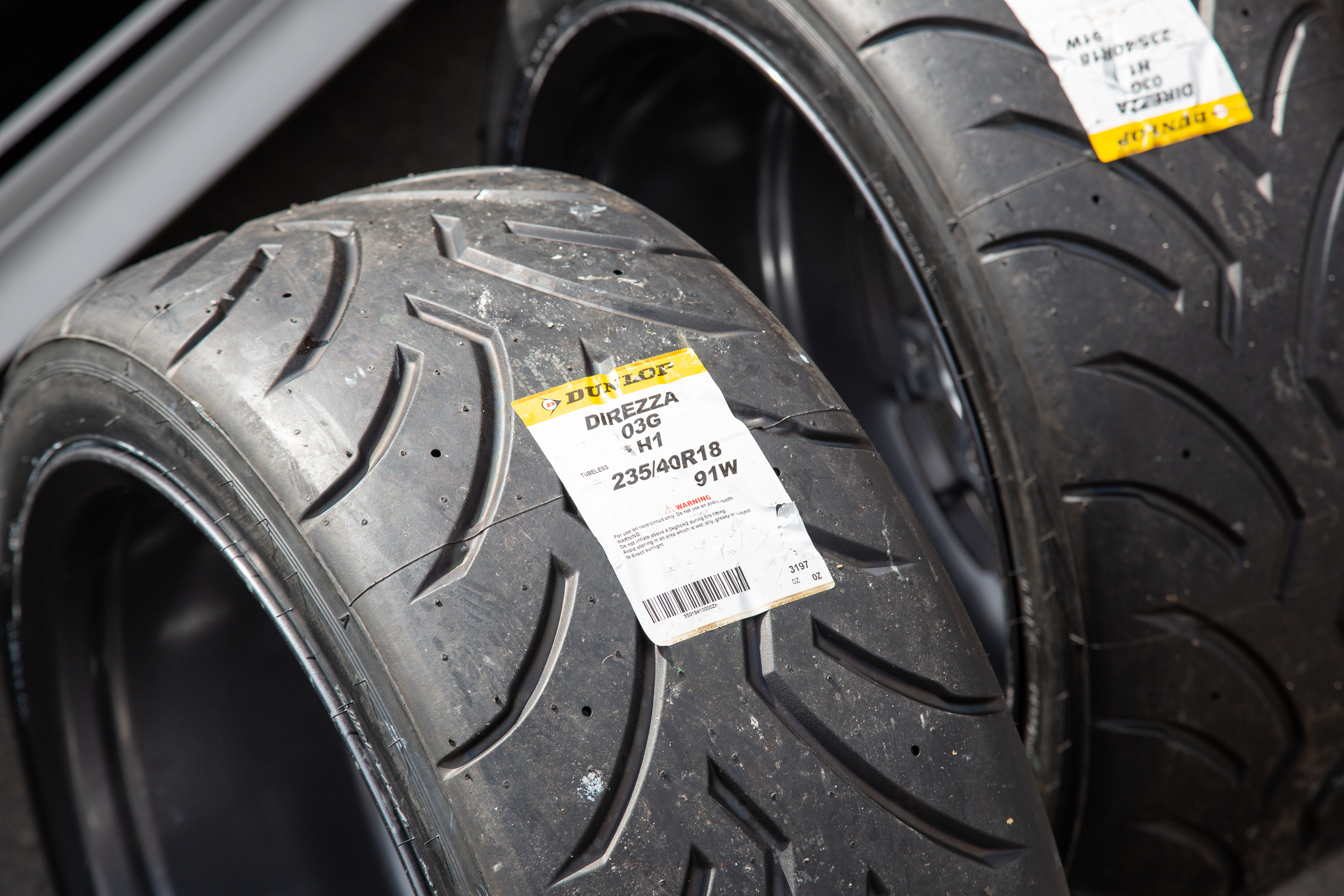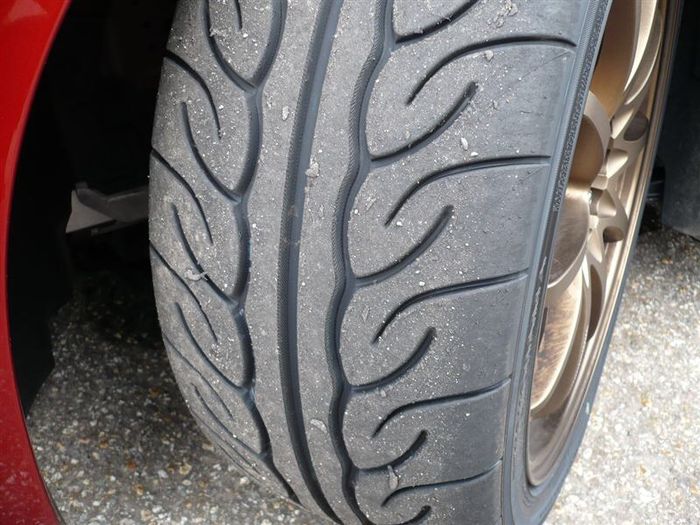All Categories
Featured
Table of Contents
The Michelin used a comfy driving experience, qualified by responsive steering and a dynamic understeer balance. Regardless of the cooler testing problems, Michelin's constant time and grasp over 3 laps indicates its suitability for real-world applications. Conversely, Yokohama's performance was unique. While its super-quick guiding caused a quick front axle turn, the back revealed a tendency to swing a lot more.
One more notable aspect was Yokohama's workout time. The tyre's first lap was a 2nd slower than the 2nd, indicating a temperature-related grip increase. This suggests the Yokohama could shine in dry, race-like problems. However, for day-to-day usage, the Michelin may be a safer wager. Next in line was the Hankook.
Best High-quality Tyres Near Me
It shared Michelin's secure understeer equilibrium but lacked the latter's willingness to turn. Continental and Goodyear's efficiencies were significant, with Continental's new PremiumContact 7 showing a significant improvement in wet conditions compared to its precursor, the PC6. This model was much much less delicate to load modifications and acted much like the Michelin, albeit with a little much less interaction at the limitation.
It integrated the safe understeer equilibrium of the Michelin and Continental with some sporty handling, confirming both predictable and fast. As an all-rounder for this Golf GTI, Goodyear's Asymmetric variety was the standout, demonstrating impressive efficiency in the wet. Ultimately, the Bridgestone Potenza Sporting activity took the crown as the fastest tyre, albeit by a small margin.
Vehicle drivers looking for an exciting wet drive may discover this tyre worth thinking about. The standout entertainer in damp stopping was the latest tire on test, the PremiumContact 7, though the outcomes are nuanced.
Tyre Care Near Me – West Swan WA
Preferably, we wanted the cool temperature test to be at around 5-7C, however logistical delays implied we evaluated with an ordinary air temperature level of 8C and water at 12C. While this was cooler than conventional test problems, it was still warmer than real-world conditions. The cozy temperature test was done at approximately 18C air and 19C water.
The third run involved wet braking examinations on worn tyres, specifically those machined to 2mm with a little encounter. While we meant to do more with these worn tyres, climate restrictions restricted our testing. It's worth keeping in mind that wet braking is most vital at the worn state, as tires normally improve in completely dry problems as they wear.

It shared the most significant efficiency decrease, along with the Yokohama, when worn. Bridgestone, Goodyear, and Michelin saw the least efficiency reduction when put on. Bridgestone and Goodyear's performance dipped in cooler problems. The Hankook tyre signed up the smallest performance decrease as temperatures cooled, but it was among the most affected when used.
Tyre Fitting Near Me
The take-home message below is that no single tire stood out in all facets of wet stopping, suggesting an intricate interaction of elements influencing tire efficiency under various conditions. There was a standout tyre in aquaplaning, the Continental finished top in both straight and bent aquaplaning, with the Michelin and Goodyear also really good in deeper water.

Yokohama can take advantage of somewhat even more hold, a problem possibly influenced by the colder problems. As for taking care of, all tires performed within a 2% array on the lap, showing their top notch efficiency (Tyre tuning). Taking into consideration these tyres basically target the very same consumer, it's intriguing to observe the substantial differences in feeling.
The shock is since the PremiumContact 6 was among my favourites for sporty completely dry drives, yet its successor, the PremiumContact 7, appears elder and appears like Michelin's efficiency. Amongst these, Hankook was the least accurate in guiding and communication at the limitation. Discount car tyres. Both Michelin and Continental offered lovely initial steering, albeit not the fastest
If I were to recommend a tyre for a quick lap to an amateur, state my daddy, it would be just one of these. We have the 'fun' tires, specifically Yokohama and Bridgestone. Both were swift to guide and felt sportier than the others, yet the trade-off is an extra lively back end, making them extra challenging to deal with.
Tyre Deals Near Me
It supplied similar steering to Bridgestone but used much better comments at the restriction and better grasp. The Bridgestone Potenza Sport, nonetheless, seemed to deteriorate quite quickly after simply three laps on this requiring circuit. There's Goodyear, which placed itself somewhere in between the fun tyres and those having a tendency in the direction of understeer.
All in all, these tyres are outstanding performers. In terms of tyre wear, the technique utilised in this examination is what the market refers to as the 'gold standard' of wear.
Both the Bridgestone and Yokohama tires significantly underperformed in comparison to the other 4 tyres in regards to rolling resistance, with Continental a little outmatching the rest. Concerning the convenience level of the tyres, as expected, most demonstrated an inverse relationship with handling. The Continental, Michelin, and Goodyear tyres performed ideal across various surface area types tested.

Bridgestone started to show indications of suppleness, while Yokohama was especially rough over pockets. We did determine internal noise degrees; nonetheless, as is often the case, the outcomes were carefully matched, and as a result of weather constraints, we were incapable to perform a subjective assessment of the tyres noise. Ultimately, we checked out abrasion figures, which determine the quantity of tyre walk shed per kilometre, normalised to a one-tonne vehicle.
Top Tyre Fitting
This figure represents the quantity of rubber dirt your tyres produce while driving. Michelin led in this classification, producing over 9% much less rubber particulate matter.
Latest Posts
Best Tyre Upgrades Near Me ( Bayswater)
Best Long-lasting Tyres – Yokine 6060 WA
Reliable Tyre Rotation Services – Bassendean